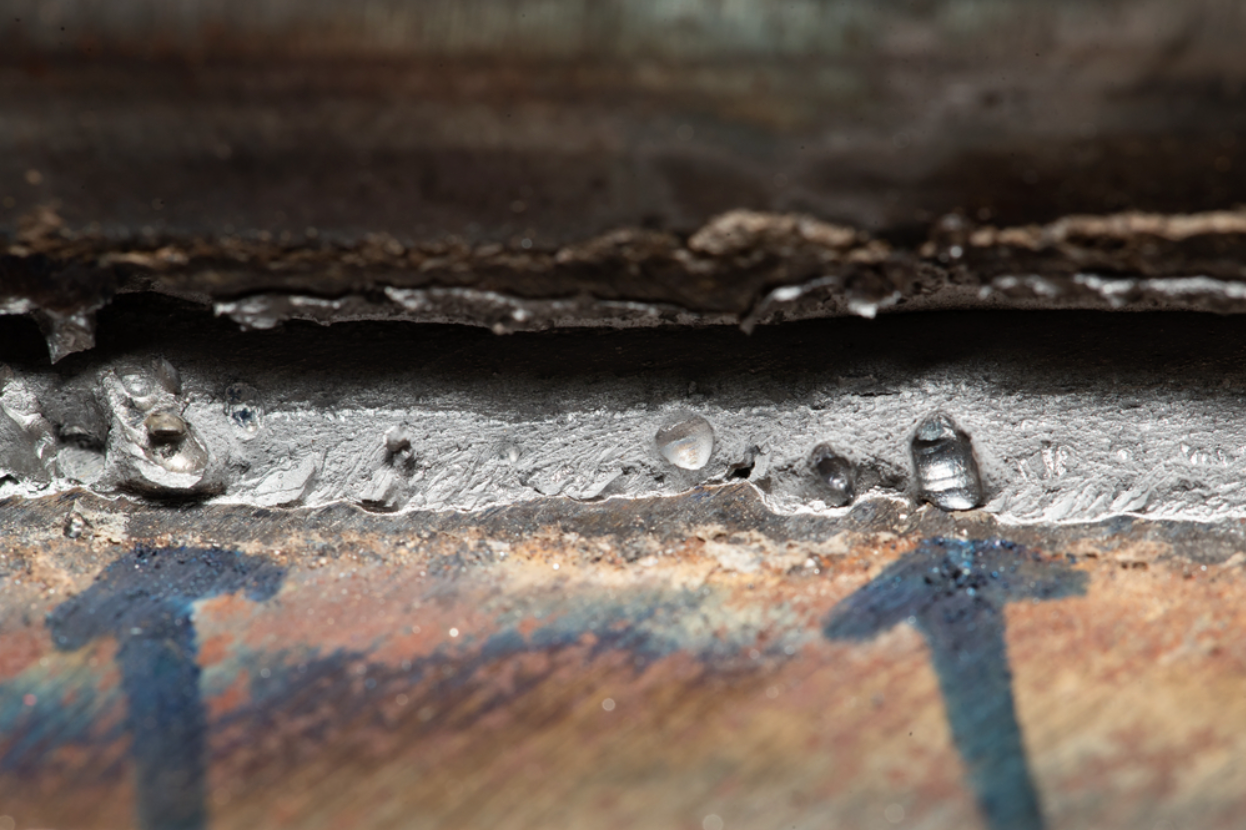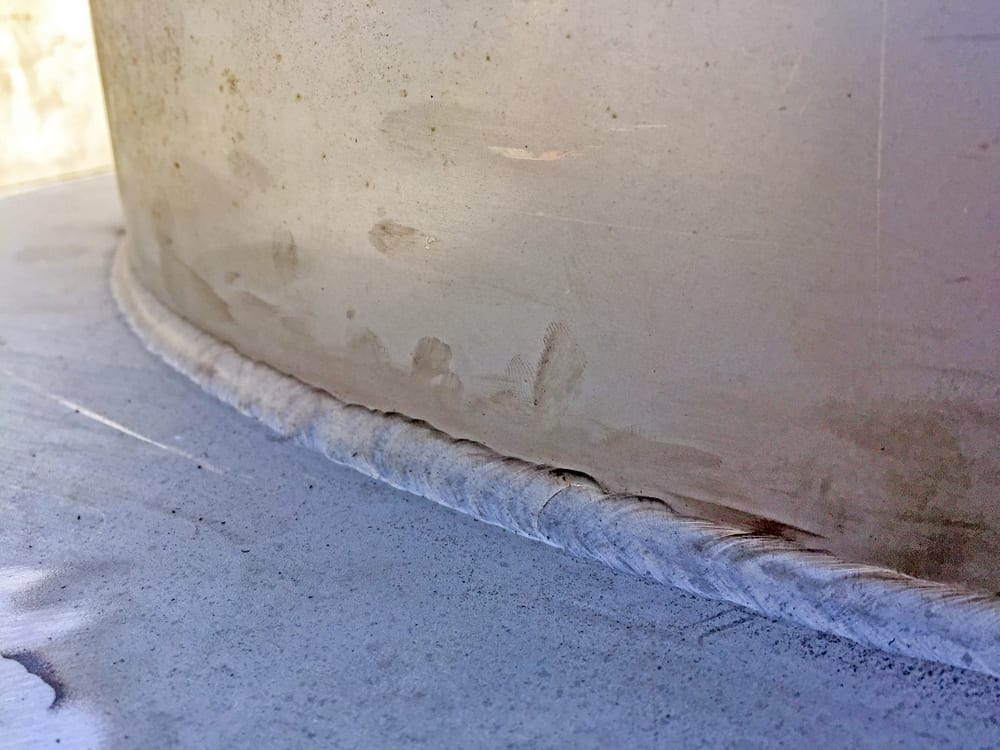Reliable Ways to Prevent Weld Undercut in Your Welding Jobs
Reliable Ways to Prevent Weld Undercut in Your Welding Jobs
Blog Article
Essential Tips for Welders: Avoiding Undercut Welding and Ensuring Stronger Weld Joints
In the world of welding, achieving durable and strong weld joints is the cornerstone of producing top notch job. One common obstacle that welders often run into is undercut welding, which can compromise the stability of the weld joint.

Comprehending Undercut Welding
Undercut welding is a typical welding problem that happens when the weld metal stops working to effectively fill up the groove and leads to a groove-like clinical depression along the weld grain. This problem damages the weld joint, making it susceptible to fracturing and failing under stress. Damaging can be brought on by numerous elements, consisting of excessive welding current, high welding rate, improper electrode angle, wrong electrode size, and inadequate welding technique.
One of the major factors for undercut welding is a discrepancy between the welding current and the welding rate. If the welding current is expensive or the welding rate is also quick, the weld metal may not effectively fill up the groove, resulting in damaging. Additionally, using an electrode that is too big can lead to a comparable result, as the excess metal can not appropriately stream right into the groove.
To avoid undercut welding, welders must guarantee they are making use of the right welding parameters, maintain an ideal electrode angle, pick the suitable electrode dimension, and method correct welding methods. By resolving these factors, welders can decrease the threat of undercutting and develop stronger, more reliable weld joints.
Correct Welding Strategy
Reliable welding strategy plays a critical role in making sure the quality and stability of weld joints. One fundamental element of appropriate welding technique is keeping the appropriate angle and range between the welding gun and the workpiece.
In addition, a constant and regular hand movement is necessary for producing strong and durable weld joints. Welders need to intend for smooth, consistent activities to ensure also circulation of the weld product. Proper control of the welding gun and filler material is likewise vital to attaining optimum infiltration and combination.
Moreover, managing the heat input and picking the suitable welding parameters based upon the material being bonded are important variables in accomplishing high-quality welds - Preventing weld undercut. Welders should follow the advised setups supplied by welding procedure specifications and readjust them as required based on the details requirements of the project. By grasping appropriate welding methods, welders can dramatically boost the toughness and integrity of their weld joints
Picking the Right Electrode
When thinking about the relevance of selecting the ideal electrode in welding applications,Preserving the proper angle and range between the welding weapon and the workpiece is basic. The option of electrode plays an essential duty in determining the top quality and toughness of the weld joint. Electrodes can be found in various kinds, each designed for particular purposes and materials.
To start with, selecting the ideal electrode size is essential. Thinner electrodes are appropriate for welding thin materials, while thicker electrodes are much better for thicker materials and greater heat applications. Matching the electrode diameter to the density of the workpiece aids accomplish a well balanced weld.
Second of all, understanding the product make-up of the electrode why not look here is vital. Various electrodes are developed for welding details materials like steel, stainless steel, light weight aluminum, or cast iron. Using the right electrode product makes certain excellent combination and reduces the danger of flaws in the weld.
Lastly, considering the welding position and method is crucial when choosing the electrode type. For example, certain electrodes are much better fit for vertical or above welding positions, while others work well for flat or horizontal placements. Selecting the appropriate electrode based upon the welding technique boosts the overall weld high quality and honesty.
Preparing the Base Metal
To ensure an effective welding procedure, what preliminary actions should be taken when preparing the base metal for welding? Correctly preparing the base metal is vital for achieving resilient and strong weld joints. The initial action in preparing the base metal is to cleanse it thoroughly to remove any type of impurities such as rust, paint, oil, or dust. This can be done using a wire brush, mill, or chemical solvents. Furthermore, any kind of existing weld material or residue from previous welding must be eliminated to make sure a clean surface for the brand-new weld.

Carrying Out Post-Weld Assessments

After carrying out these analyses, welders have to contrast the outcomes against market criteria and project needs to make sure that the this post weld joint satisfies all required requirements. Any kind of inadequacies or deviations uncovered throughout the post-weld examination ought to be immediately attended to through ideal rehabilitative measures to ensure the weld's integrity. By faithfully executing post-weld inspections and promptly addressing any kind of issues, welders can maintain the high quality and integrity of their job, eventually contributing to the security and long life of the welded frameworks.
Final Thought

In conclusion, stopping undercut welding and guaranteeing stronger weld joints call for a mix of appropriate welding method, choosing the appropriate electrode, preparing the base steel properly, and conducting post-weld inspections. By recognizing the causes of undercut welding and implementing the needed safety measures, welders can generate top quality weld joints that satisfy sector standards and make sure the structural integrity of the welded parts.
Undercut welding is a typical welding flaw that occurs when the weld steel stops working to properly fill the groove and results in a groove-like anxiety along the weld grain (Preventing weld undercut). Undercutting can be caused by various aspects, including excessive welding present, high welding speed, inappropriate electrode angle, inaccurate electrode dimension, and poor welding method
One of the major reasons for undercut welding is an imbalance between the welding existing and the welding rate. If the welding current is also high or the welding rate is too quickly, the weld steel might not effectively fill up the groove, leading to damaging.Maintaining the right angle and distance in between the welding gun and the work surface is basic when considering the importance of selecting the right electrode in welding applications.
Report this page